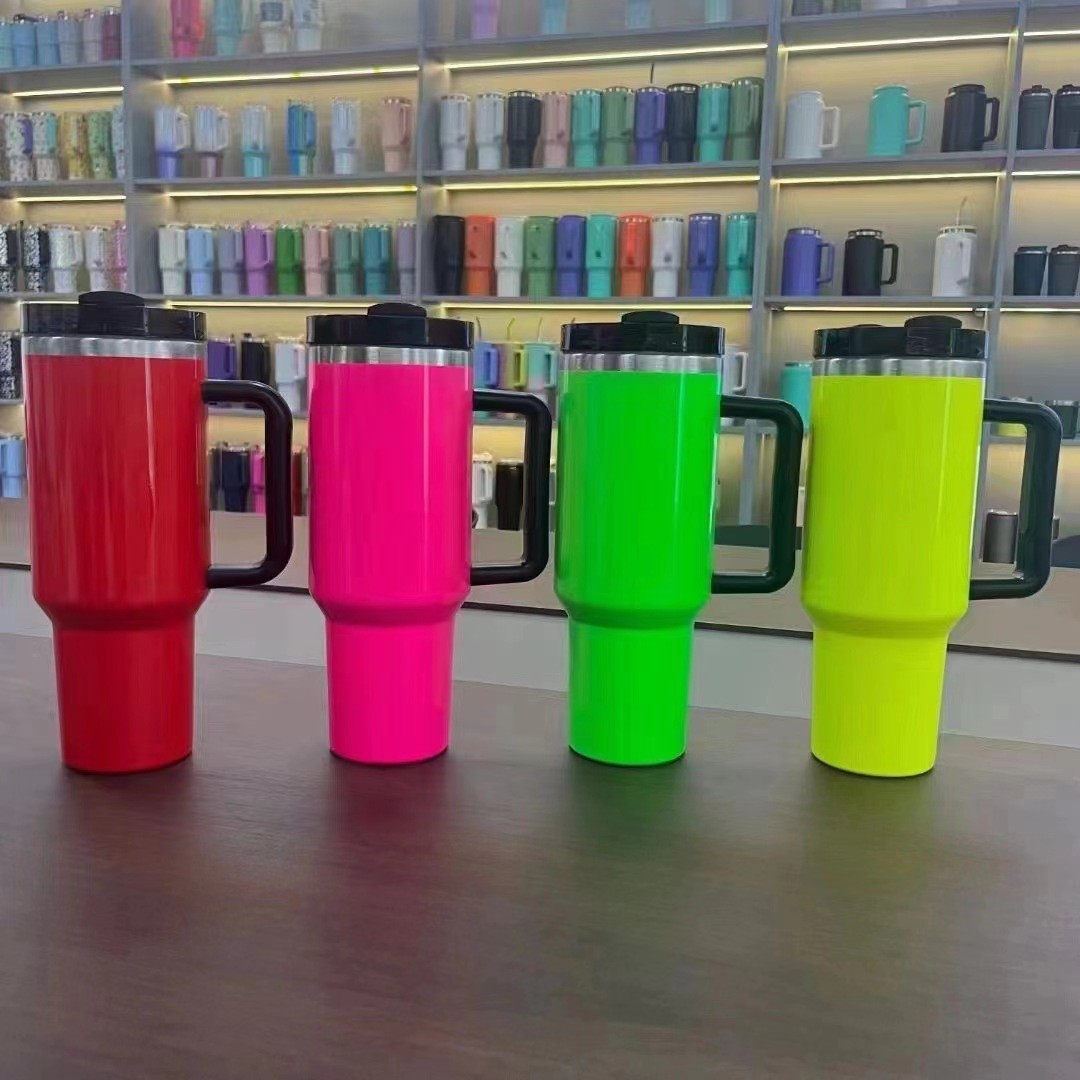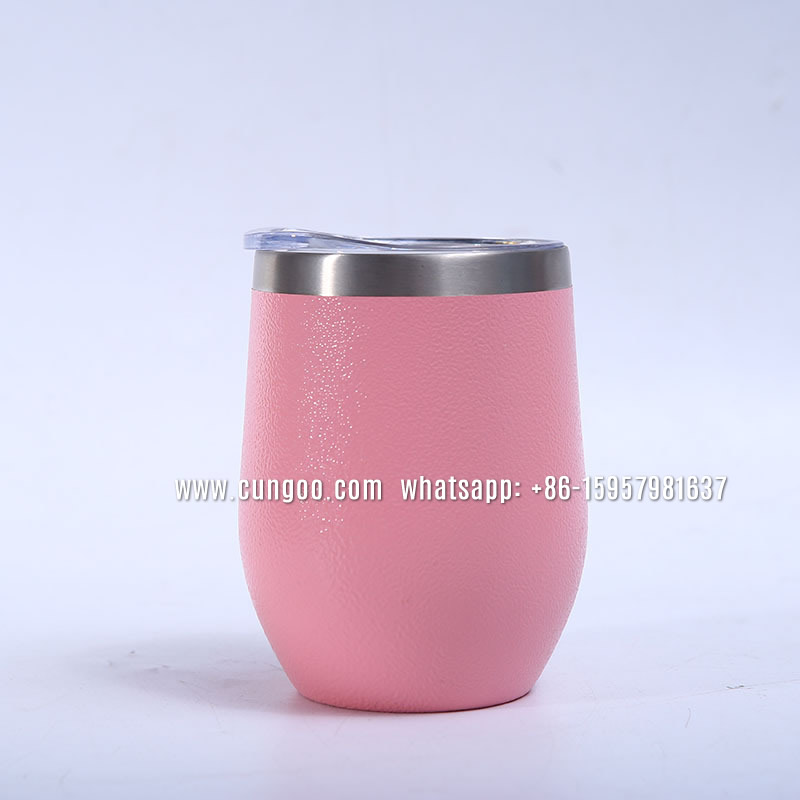what is vacuum flask?
A vacuum flask, also known as a thermos, is a container that is used to keep liquids hot or cold for an extended period of time. It consists of two layers of glass, plastic, or stainless steel with a vacuum between them. This vacuum acts as a thermal insulator, preventing heat transfer by conduction or convection.
The concept of the vacuum flask was first introduced in 1892 by Sir James Dewar, a Scottish scientist. He invented the device as a way to store and transport liquid gases at low temperatures. The original design consisted of a double-walled glass vessel with the air removed from the space between the walls, creating a partial vacuum.
-
Why does a vacuum flask keep food hot?
-
Why does a vacuum flask have a plastic lid?
-
Can you put boiling water in a vacuum flask?
-
Can I put coffee in a vacuum flask?The Benefits of Using a Vacuum Flask for Coffee.
-
Are vacuum flasks safe?
-
Why do we need a vacuum flask at home?
-
What should you not put in a vacuum flask?
-
Is it safe to drink water from vacuum flask?
-
What is a stainless steel insulated vacuum flask used for?
-
Are you looking for an insulated water bottle to keep your drinks cold?
-
China stainless steel insulated vacuum flask factory
-
Welcome to CunGoo Tumbler
-
CunGoo Flask
-
CunGoo produce stainless steel vacuum flask and water bottles
-
Cos’è una beuta termica isolata? La bottiglia d’acqua isolata sotto vuoto CUNGOO può mantenere l’acqua ghiacciata fredda e l’acqua calda calda.
-
What is an insulated vacuum flask? CUNGOO vacuum insulated water bottle can keep ice water cold and hot water hot.
-
Best stainless steel wine cups
-
what kind of material is the best for drinkware?
-
what is stainless steel vacuum flask ?
-
Stainless steel insulated bottles are designed to keep beverages hot or cold for extended periods
-
customize your own logo or pattern on the water bottle #vacuumflask
-
Stainless Steel Vacuum Flask: A Must-Have for Every Household
-
What is vacuum flask?Vacuum Flask: The Ultimate Insulated Container
-
What is the best vacuum flask?
-
Best stainless steel vacuum
The vacuum flask works on the principle of heat transfer. Heat can be transferred by conduction, convection, or radiation. In the case of a vacuum flask, conduction and convection are minimized due to the absence of air or other gases between the two walls. This prevents heat from escaping or entering the flask, keeping the contents at their initial temperature for an extended period.
The design of a vacuum flask typically includes a narrow neck to minimize heat exchange with the outside environment. The opening is usually sealed with a stopper or lid to further reduce heat transfer. Some modern vacuum flasks also feature a pour-through stopper, allowing liquids to be dispensed without removing the stopper entirely.
Vacuum flasks are commonly used to keep beverages such as coffee, tea, or soup hot for several hours. They are also used to keep cold beverages chilled for extended periods, making them ideal for picnics, outdoor activities, and travel.
In addition to their use for beverages, vacuum flasks are also used in scientific and industrial applications. They are used to store and transport liquid nitrogen, liquid oxygen, and other cryogenic liquids. The thermal insulation provided by the vacuum flask helps to maintain these liquids at their extremely low temperatures without evaporating or boiling off.
The construction of a vacuum flask is crucial to its effectiveness. The inner and outer walls are typically made of materials such as stainless steel, aluminum, or plastic. The vacuum between the walls is created during the manufacturing process and is essential for the flask’s thermal insulation properties.
The inner surface of the flask may also be coated with a reflective material to minimize heat radiation. This helps to further reduce heat transfer and maintain the temperature of the contents. Some vacuum flasks also include additional insulation materials such as foam or other insulating layers to enhance their thermal performance.
When using a vacuum flask, it is important to preheat or prechill the container before adding hot or cold liquids. This helps to maximize the effectiveness of the thermal insulation and ensures that the contents remain at the desired temperature for as long as possible.
In conclusion, a vacuum flask is a highly effective container for keeping liquids hot or cold for extended periods. Its innovative design and thermal insulation properties make it a versatile and valuable tool for both everyday use and specialized applications. Whether used for enjoying a hot beverage on a hike or storing cryogenic liquids in a laboratory, the vacuum flask continues to play an important role in maintaining temperatures and preserving the quality of its contents.



